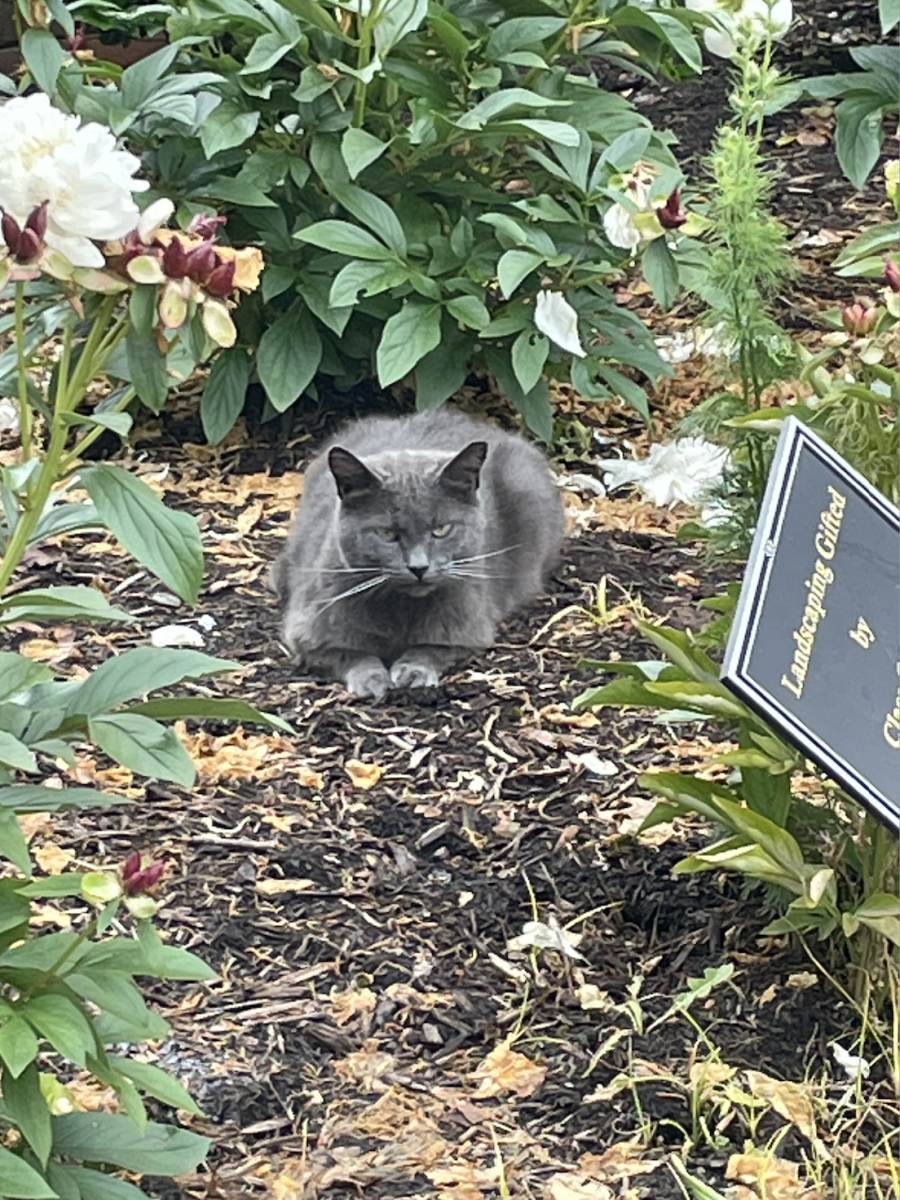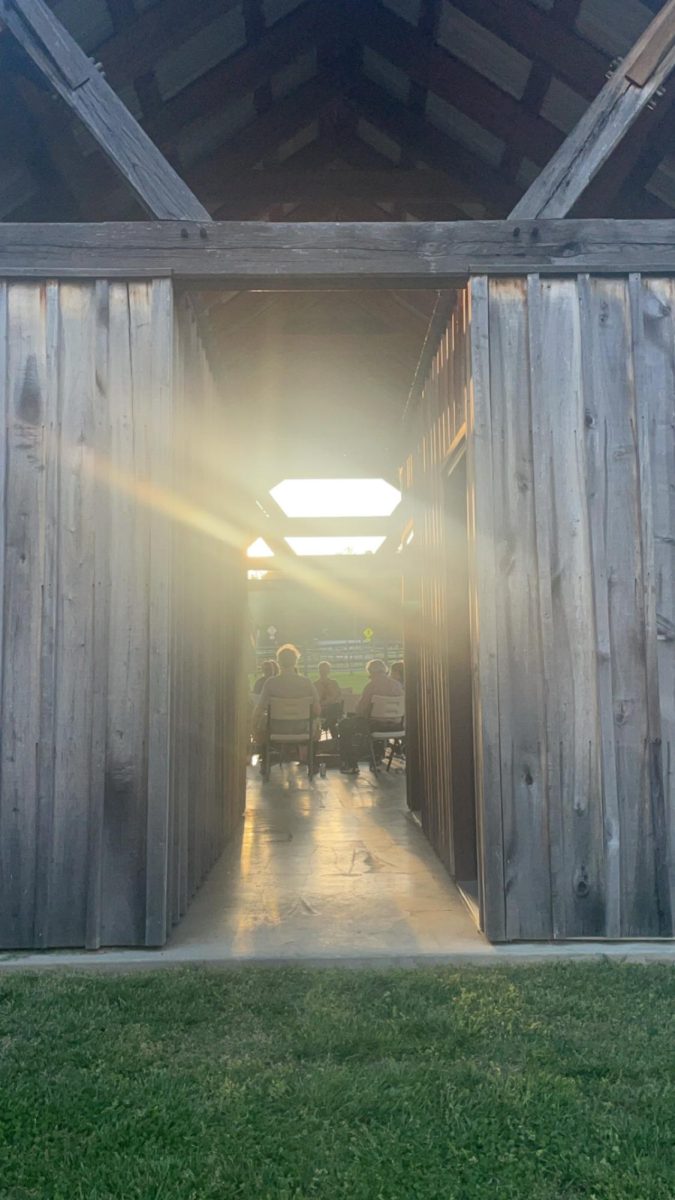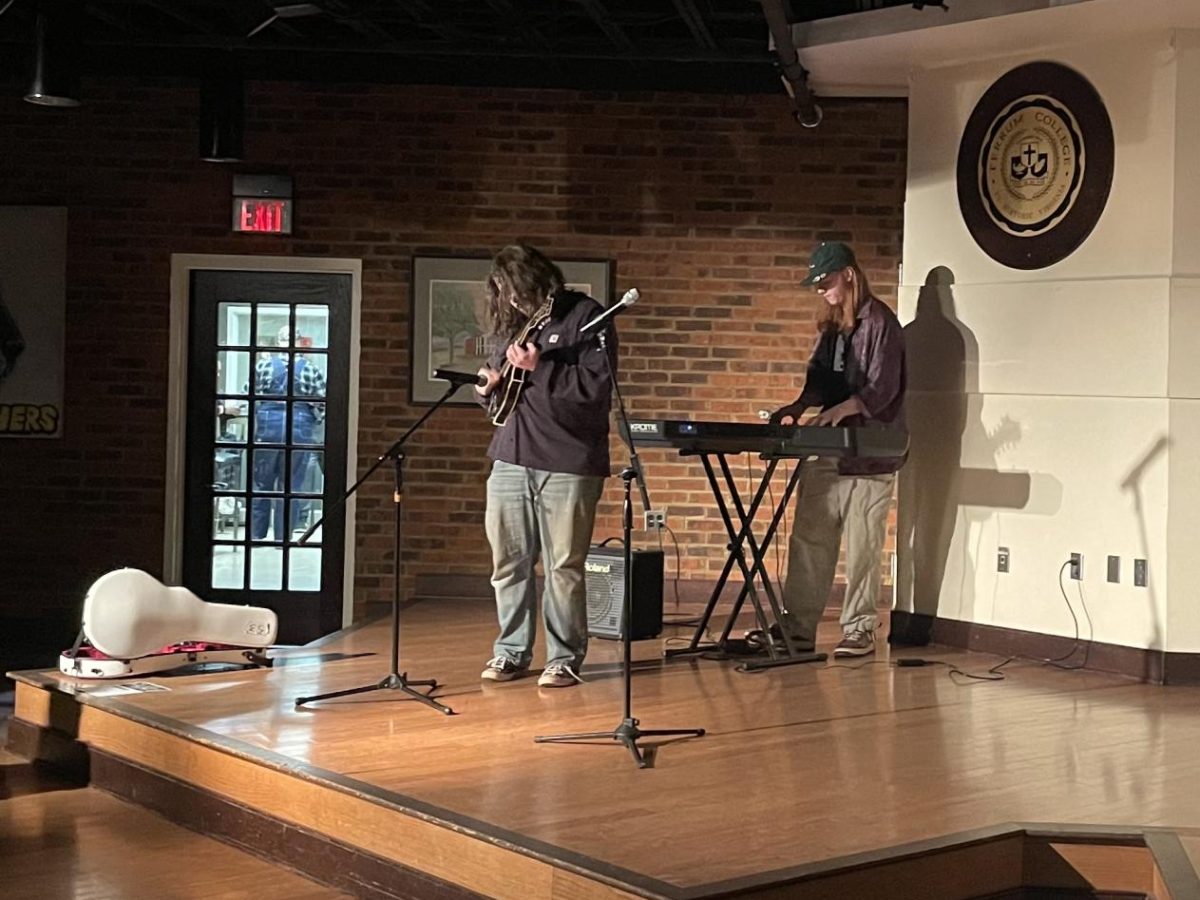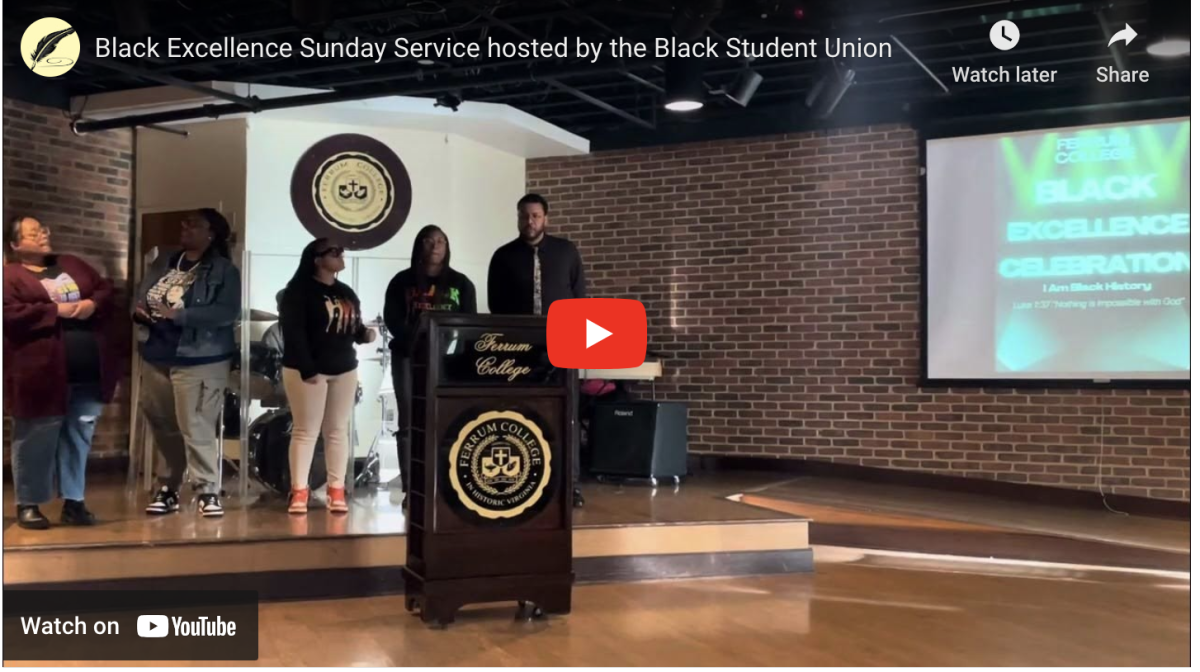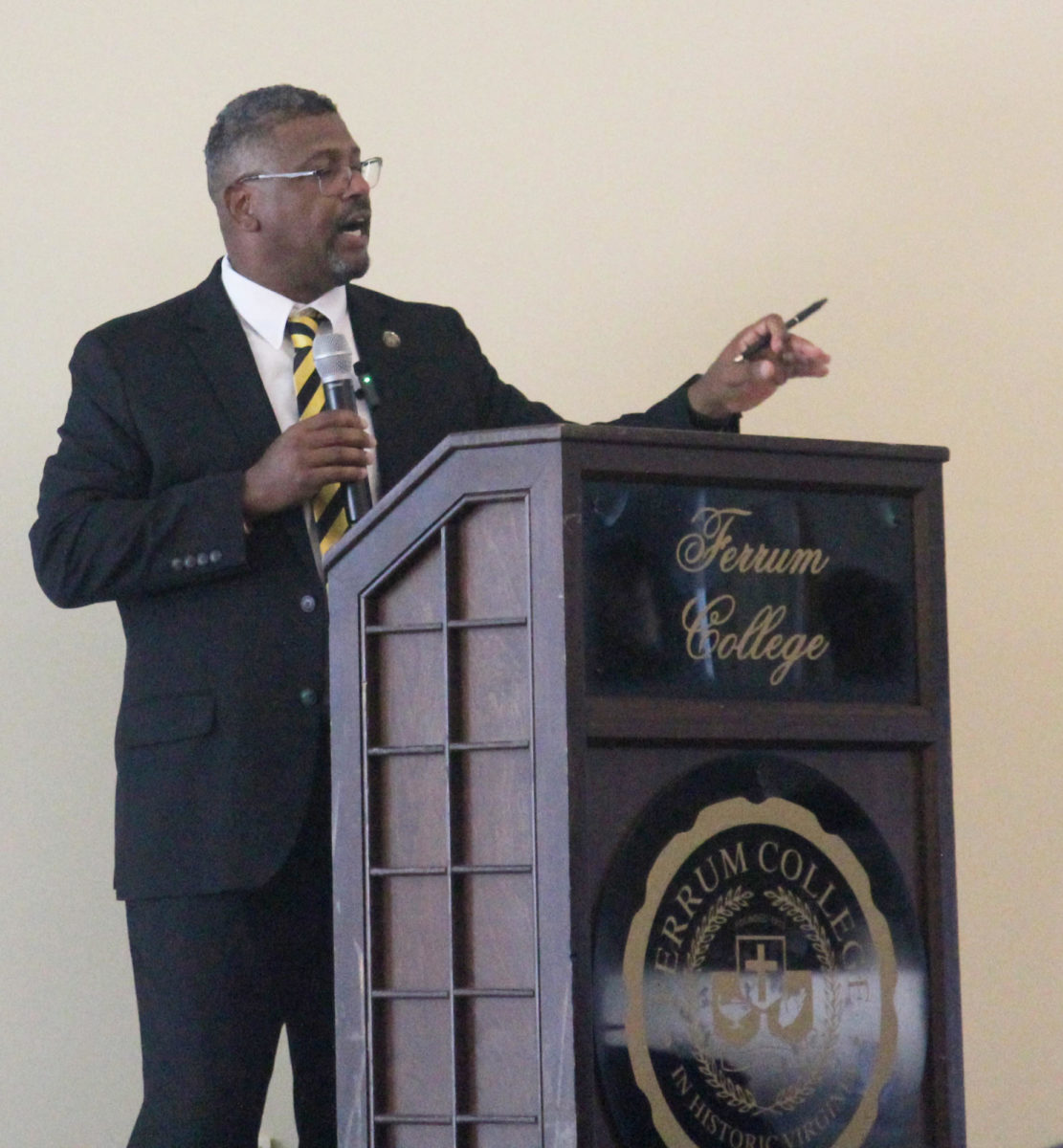Daylight Saving Time Has Finally Run Its Course
August 10, 2022
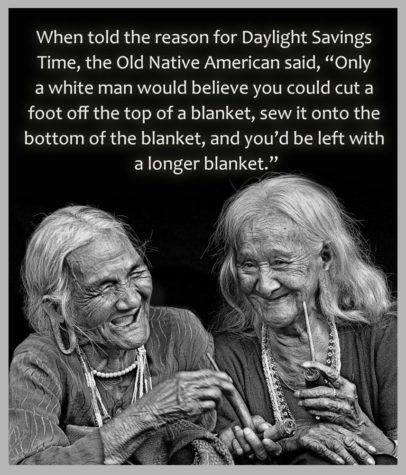
Twice each year, once in the fall and once in the spring, most people across the U.S. have to adjust their clocks.
In every state except Hawaii and Arizona, the second Sunday in March marks the start of Daylight Saving Time. Time “springs forward,” stealing away an hour in the early morning.
But what is the point of Daylight Saving? It seems to serve no purpose and it is just confusing.
When searching up the meaning for Daylight Saving, what comes up is that the main purpose of Daylight Saving Time is ‘to make better use of daylight’.
“Only a white man would believe you could cut a foot off the top of the blanket and sew it to the bottom of the blanket, and you’d be left with a longer blanket,” say many memes attributed to an “Old Native American” when told the reason for Daylight Saving Time.
When looking back to the origin of Daylight Saving, it was implemented in the United States nationally on Mar. 31, 1918, as a wartime effort to save an hour’s worth of fuel (gas or oil) each day to light lamps and coal to heat homes.
It was repealed nationwide in 1919, and then maintained by some individual localities (such as New York
City) in what Time Magazine called “a chaos of clocks” until 1966 when the Uniform Time Act made DST consistent nationwide.
This reminds me of “The Lottery”, a short story by Shirley Jackson, that talks about a town that has a lottery held every year. If you win the lottery, you get stoned to death.
These people do not know what the purpose of the lottery is, yet each year everyone participates in the lottery, even though they know the outcome.
Clearly, this shows that just because it’s a tradition, it does not need to be followed if the meaning isn’t known.
Undoubtedly, we see that DST has no benefits in our current day and
time. What may have worked back in 1918 serves no purpose in 2022. In fact, changing clocks back and forth seems to have more disadvantages than advantages.
Changing sleep patterns, even by one hour, goes against a person’s natural circadian rhythms and has negative consequences for health.
One study found that the risk of a heart attack increases 10% the Monday and Tuesday following the springtime change.
Besides, coming from someone who has experienced both DST and Standard Time, I see no purpose in moving an hour back or forward.
I grew up knowing that summer days are longer, and winter days are shorter.

